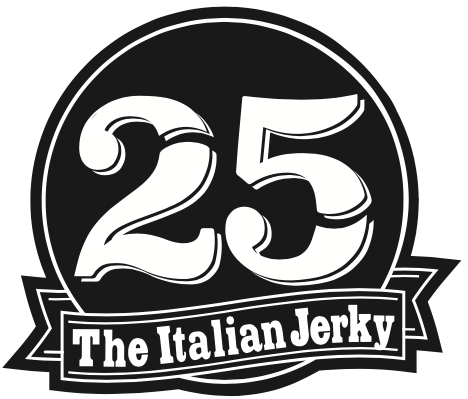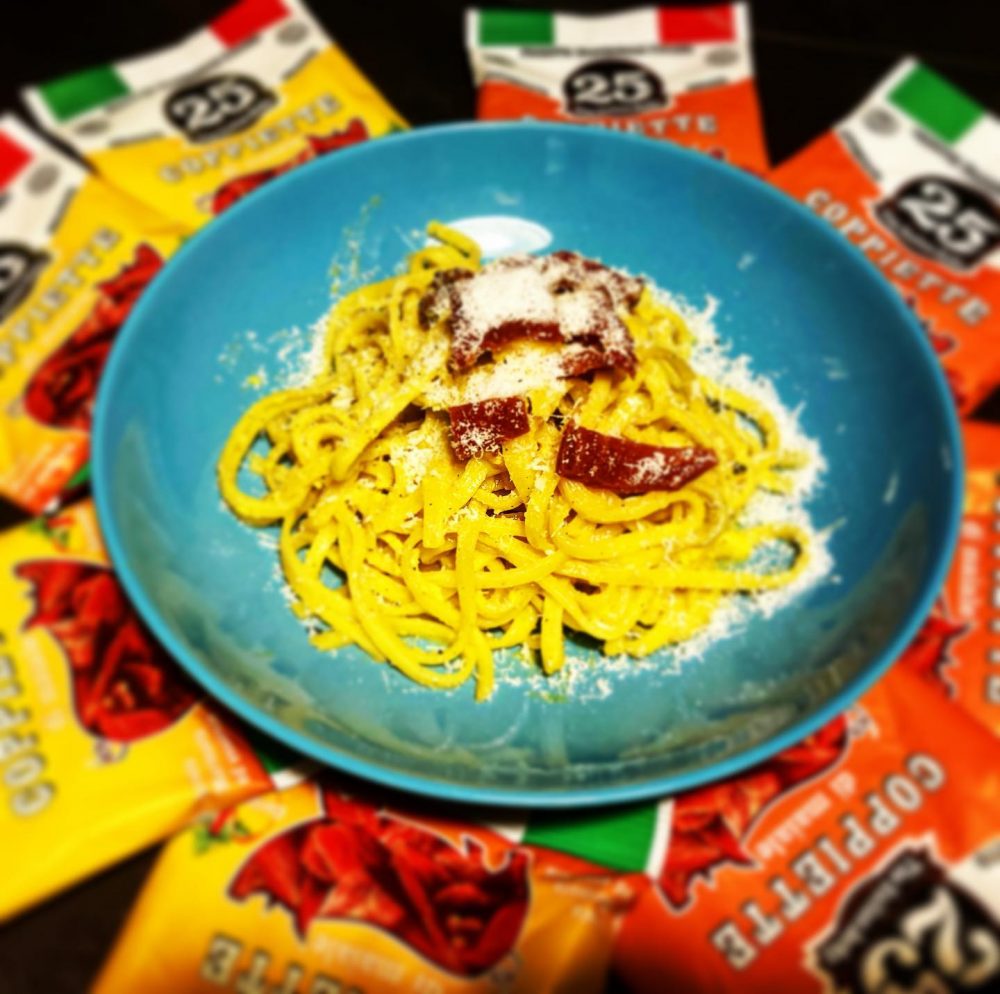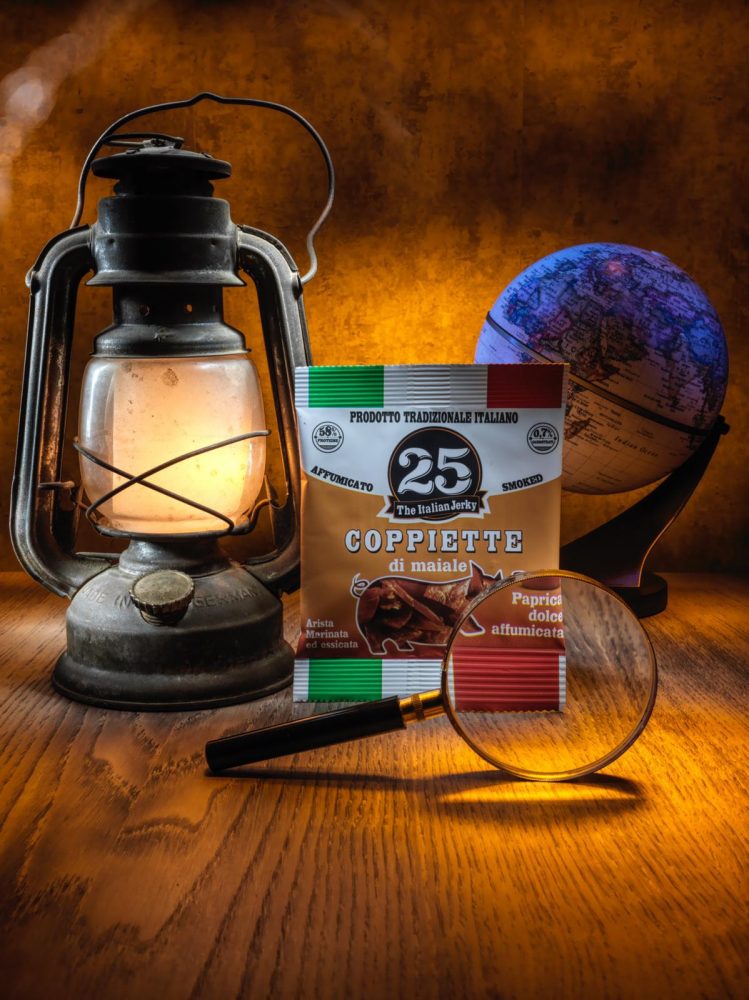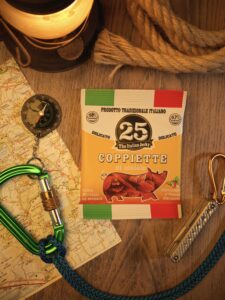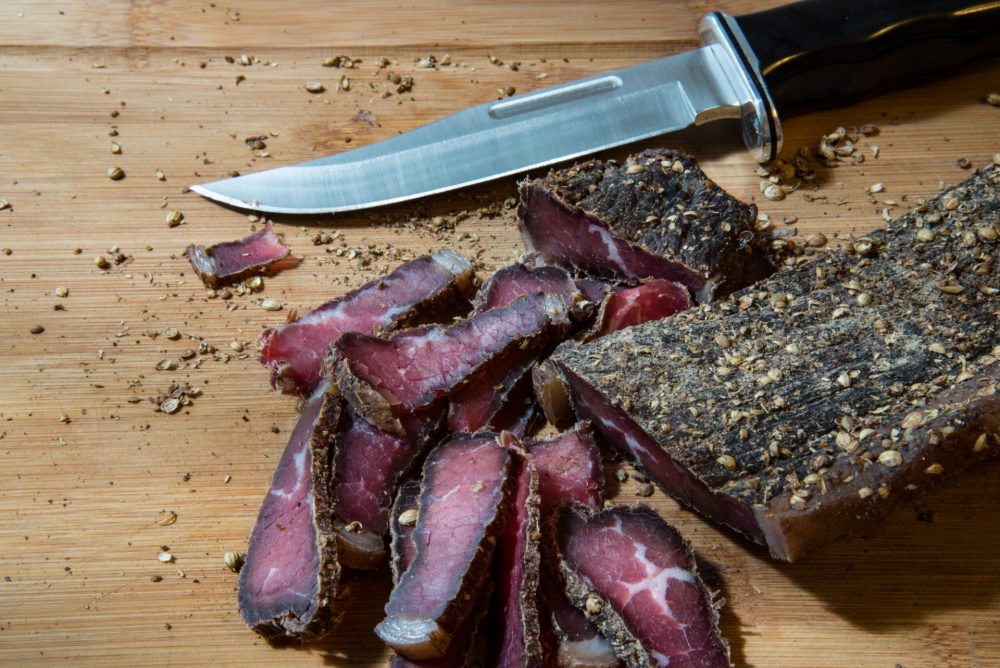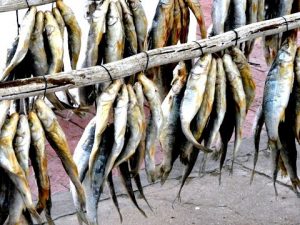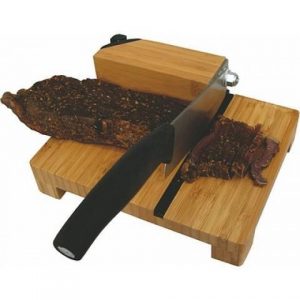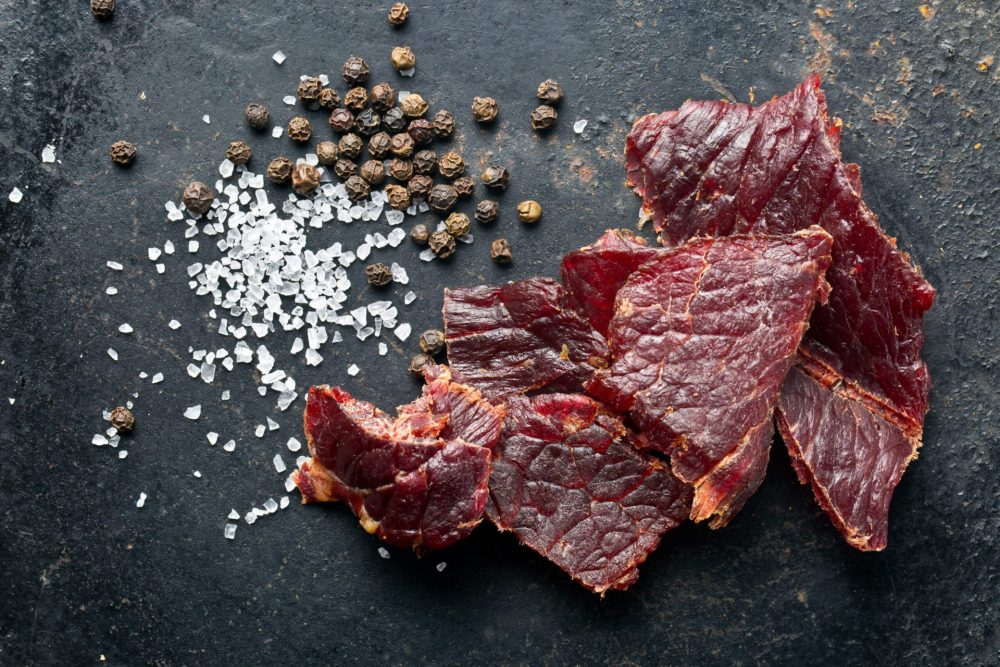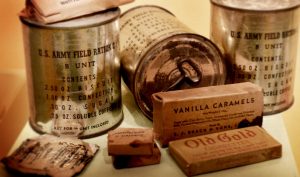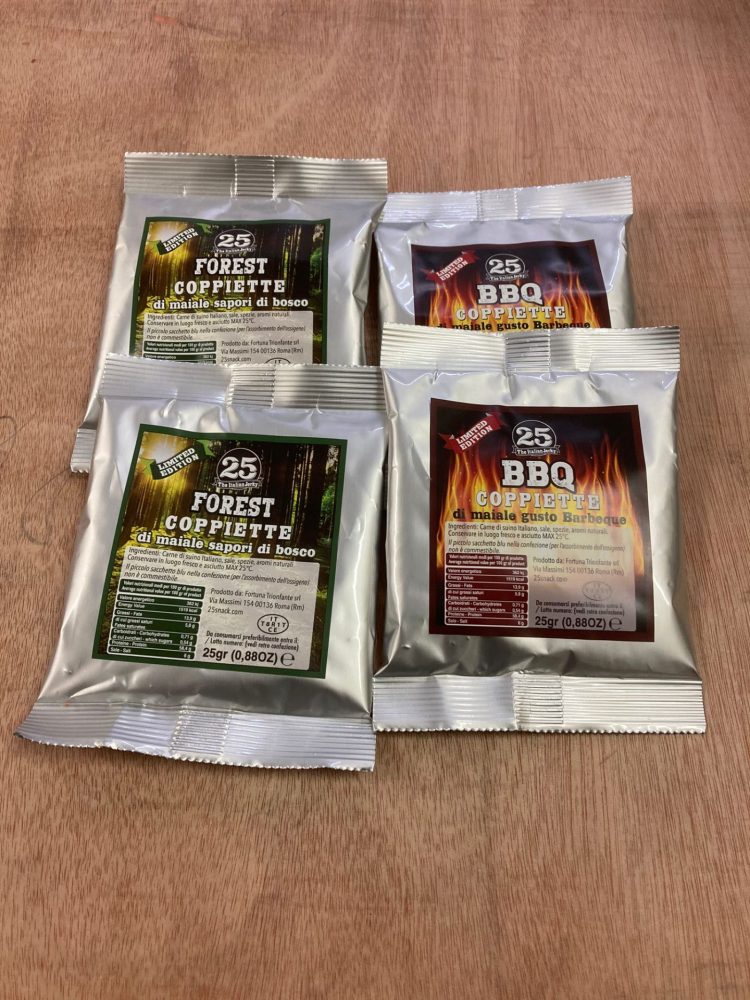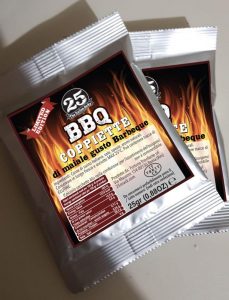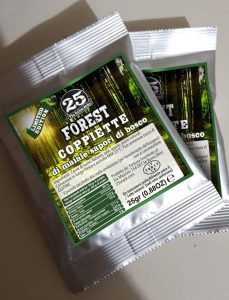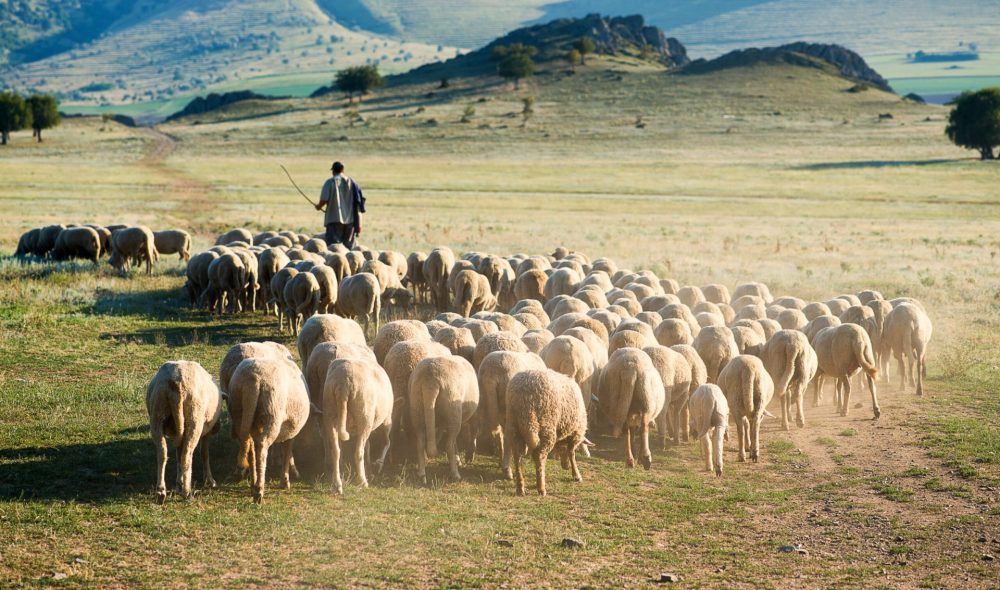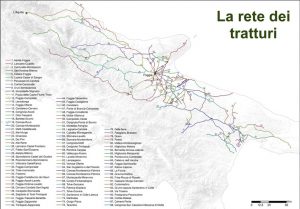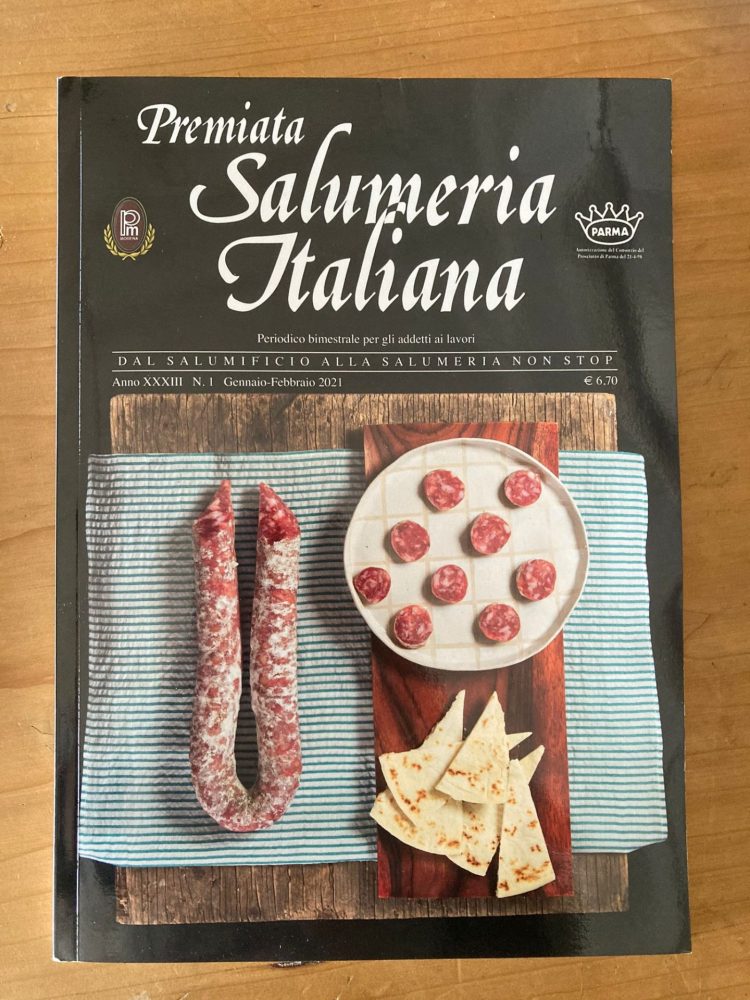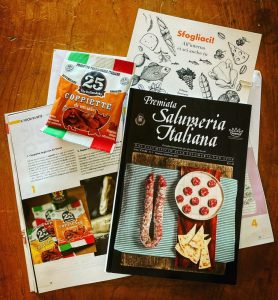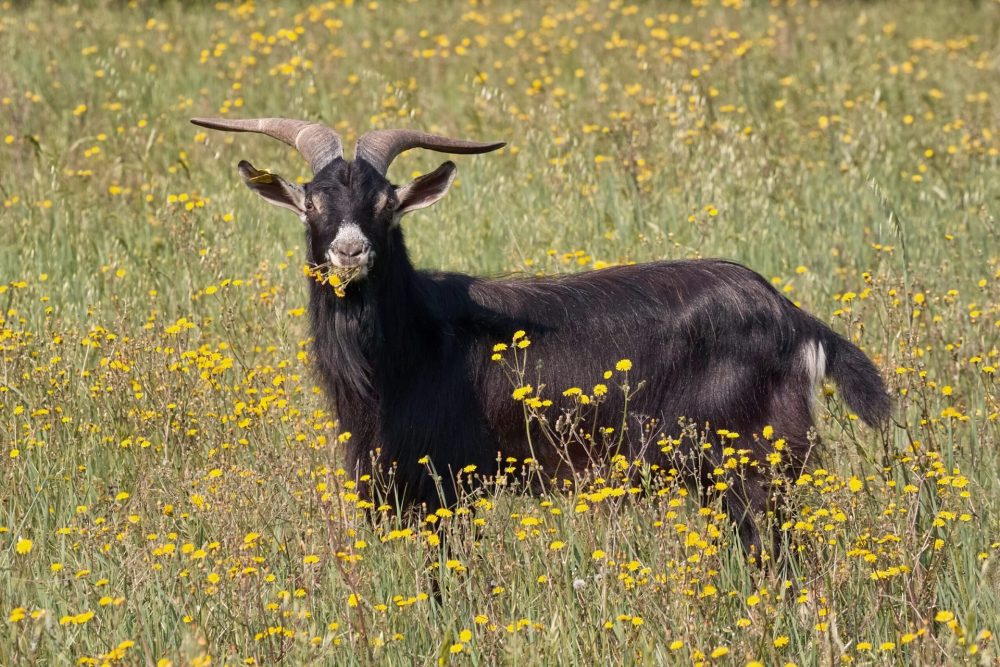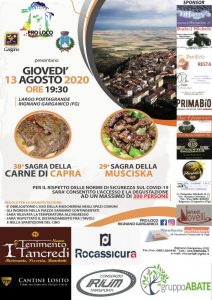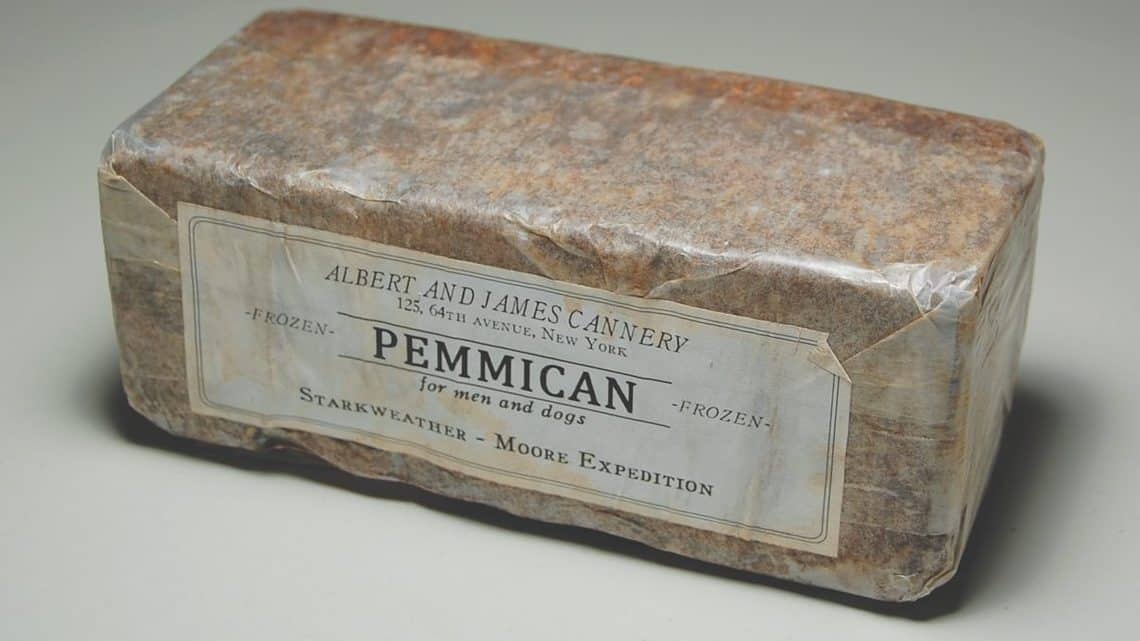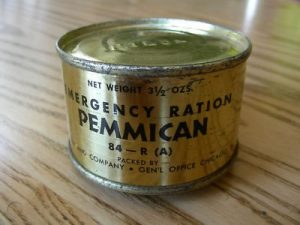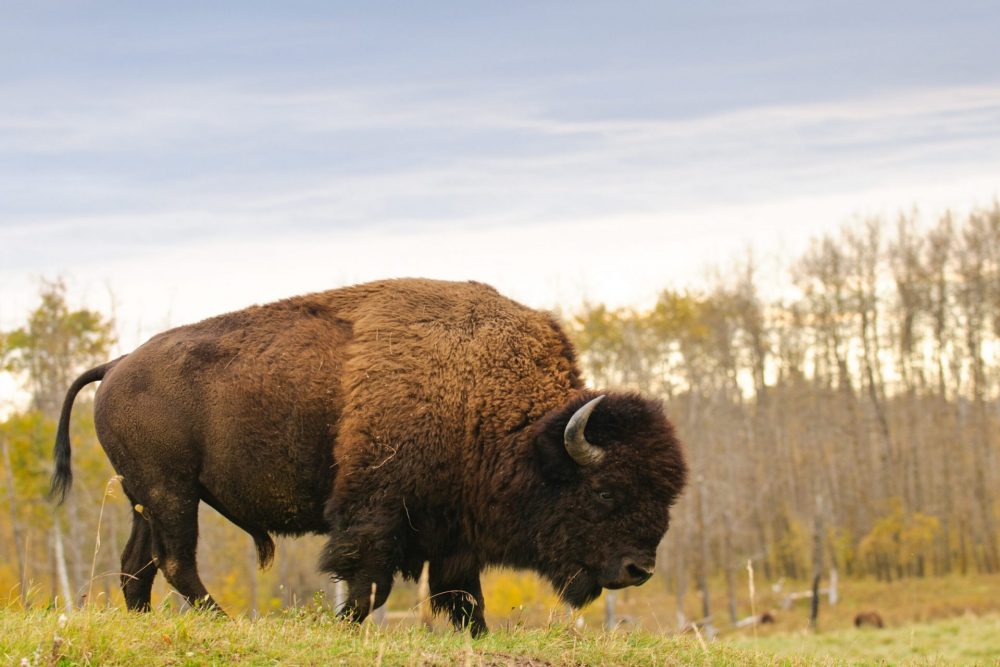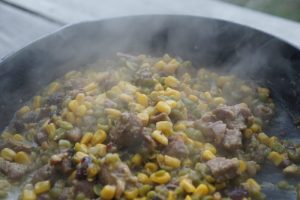Every year on April 6th the carbonara day event dedicated to the famous Italian recipe is held.
The legend tells that the recipe was born when the allied troops landed in Italy in the Second World War.
By combining bacon and freeze-dried eggs (by the allies war rations), pasta and cheese, a combination of flavors was born, destined to make history.
The sheperds’ tradition sees pasta as the main food which from time to time is accompanied by what is available.
The shepherd who raises goats and sheep used to have pecorino cheese available, so let’s imagine the base of all the recipes was the cacio e pepe pasta.
Another hypothesis is linked to the charcoal (carbonai in Italian) burners who worked in the Abruzzo Apennines to transform wood into coal. They used to eat cacio e ova pasta (pasta with cheese and eggs) to feed on. To this recipe, if possible, they used to add lard or meat to enrich the dish. When tomato puree was added instead of eggs, it is named pasta alla Amatriciana.
We decided to celebrate #carbonaraday with our recipe that combines the sheperd tradition of coppiette with the cacio e ova pasta, creating a new version of carbonara pasta! We think it is more than possible that some shepherd already used the coppiette to enrich his pasta in addition to pork-cheek, pancetta or bacon.
We need:
- 100 grams of long pasta
- 100 grams of pecorino romano
- a bag of 25 Snack The Italian Jerky Smoked Paprika flavor
- a whole egg
- coarse salt
- black pepper
We boiled the water, added a handful of coarse salt and threw the pasta to cook trying to keep it al dente, a little harder to allow us to sauté it in the pan.
Separately we beat the whole egg with pecorino and a pinch of black pepper.
In a pan we blasted a bag of coppiette 25 Snack The Italian Jerky Smoked Paprika flavor.
As soon as the pasta was ready, we drained the water, poured the pasta into the pan with the couples and made it sauté with the help of a little pasta cooking water.
Once ready, we poured the pasta into a cold dish and poured the mixture of eggs and pecorino. The heat of the pasta gave consistency to the egg and melted the pecorino, creating a cream that wraps the pasta.
To conclude we gave a sprinkling of grated pecorino on top of the plate.
Et voila! Carbonara is served!
